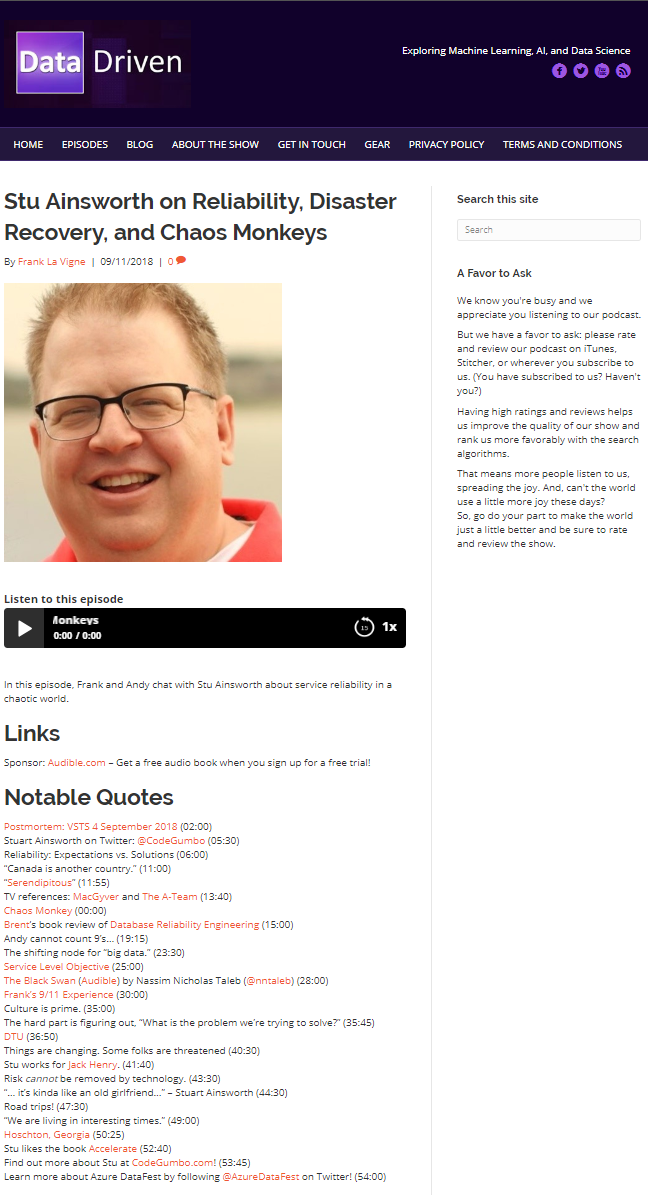Today, I spent 10 minutes working on PowerShell. I’ve never really spent much time in PowerShell before. I’ve had a few classes a few years ago, but like most things, if you don’t use it, you lose it. I was going to do a Pluralsight course, but frankly, I haven’t been great about following up on these sorts of things, so I figured I’d start with the completely free (no trial expiration) knowledge at the MS Docs site.
I knew most of this stuff, but the point of this exercise is to force myself to start using again. I spent a few minutes running the ISE, using Get-Help (and updating the help files), and then thought I’d try a quick script. Like most coders, I stole this from the web:
Get-ChildItem | Where-Object {$_.LastWriteTime -gt (Get-Date).AddDays(-180)}
This simple script helped me find the files and folders in my user directory (the current context) that were modified within the last 180 days. To limit the results to files only, I added an additional clause to the filter:
Get-ChildItem | Where-Object {$_.LastWriteTime -gt (Get-Date).AddDays(-180) -and ! $_.PsIsContainer }
I think I can do this. More to come.

